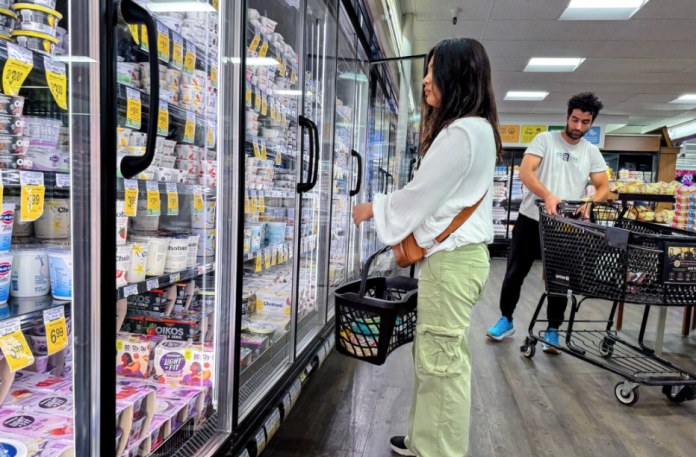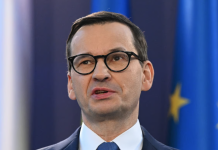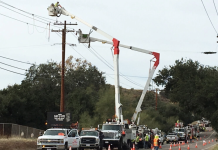U.S. consumer confidence dipped slightly in January amid growing worries about a revival of price pressures, with near-term inflation expectations seeing a significant jump and long-run expectations surging to their highest level in over 16 years.
Confidence among American consumers fell by a modest 0.8 points from December to a reading of 73.2 in January, according to the closely watched University of Michigan’s consumer sentiment
survey, released on Jan. 10.
Tempering the extent of the slide in sentiment was a 5-percent increase in assessments of current personal finances. However, evaluations of the economic outlook fell 7 percent in the short-run and 5 percent in the long-run. This, combined with a jump in inflation expectations, contributed to the overall decline.
“January’s divergence in views of the present and the future reflects easing concerns over the current cost of living this month, but surging worries over the future path of inflation,” Joanne Hsu, director of the survey, said in a statement. “Overall, this month’s deterioration in the expectations index was seen across political affiliations, including declines of about 3 [percent] for Independents and 1.5 [percent] for Republicans.”
Inflation expectations saw a notable jump across all time horizons. The survey revealed that consumers anticipate a 3.3 percent increase in prices over the next year, up from 2.8 percent in December, marking the highest level since May. Long-term inflation expectations also climbed to 3.3 percent, the highest level since June 2008.
There were stark partisan differences in respondents’ assessments of the inflationary path. Democrats predict a 4.2 percent pace of inflation in the year ahead, while Republicans predict near-term inflation to come in at just 0.1 percent, possibly reflecting the latter’s confidence that President-elect Donald Trump will deliver on his campaign promise to quash inflationary pressures. Independents expect a 3.2 percent pace of inflation over the next 12 months.
Trump has
pledged to both shift the economy into high gear with a deregulatory, pro-growth agenda and to crush inflation by fixing lingering supply-chain disruptions and, crucially, lowering energy costs with his “drill, baby, drill” agenda. Some economists have argued that other promised Trump policies—tariffs and deporting illegal immigrant workers—could stoke inflation by making imports more expensive and increasing labor costs.
Consumer confidence
surged in the wake of the November election, possibly on the strength of expectations that Trump will deliver growth and lower inflation. More recently, however, confidence has
pulled back, driven by a revival of fears about worsening income and labor market conditions over the next six months, as well as inflation concerns.
Warning signs around inflation featured prominently in recent notes from ING commenting on U.S. manufacturing and job vacancy
data and Friday’s nonfarm payrolls
report, with analysts suggesting inflationary pressures are likely to be more persistent than previously thought.
“Today’s data suggests that the economy is maintaining its strong momentum and that inflation continues to be sticky with concern over tariff implementation starting to impact corporate thinking and behaviour,” ING analysts wrote in one of the notes, which cited
stronger than predicted job opening numbers and an acceleration in inflationary pressures from a survey-based
report on U.S. manufacturing activity.
Meanwhile, another economic confidence measure released on Friday, the Rasmussen Reports Economic Index, aligned with the University of Michigan measure in painting a picture of waning consumer enthusiasm. The Rasmussen index
fell nearly four points from December to a reading of 103.4 in January. The group noted that the gauge hit a high of 147.8 in January 2020 during then-President Donald Trump’s first term in office, before tumbling later that year due to the COVID-19 lockdowns. During President Joe Biden’s term, the index ranged from a high of 123.7 in May 2021 and a low of 78.6 in July 2022.
Despite the decline in consumer sentiment, the
latest government jobs report shows that the labor market remains robust. The U.S. economy added 256,000 jobs in December and the unemployment rate inched down from 4.2 percent to 4.1 percent.





















